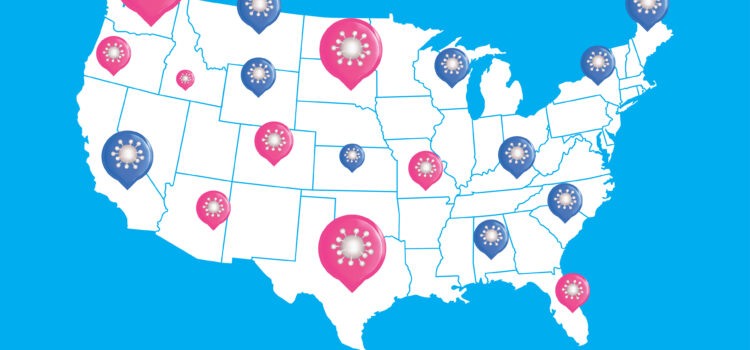As JUCM News readers know, research has shown that healthcare provider burnout increased significantly over the course of the COVID-19 pandemic. New research published by Medscape, which also took part in the project, took a slightly alternate approach to the issue by asking 9,100 providers in 29 specialties not only about burnout, but also to assess their degree of happiness. While urgent care was not one of those specialties, it’s noteworthy that the specialties most …
Read More









